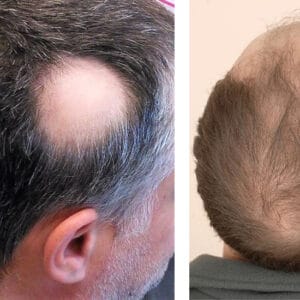Introduction to Longevity Clinics
The longevity sector is rapidly evolving, with a growing number of clinics emerging globally. A recent survey of 82 clinics highlights the variation and ambition in this field, shedding light on technology uptake, training gaps, and emerging best practices. As longevity becomes an increasingly important aspect of healthcare, it is crucial to understand the current state of longevity clinics and the challenges they face.
The Current State of Longevity Clinics
The survey reveals that 73% of clinics are already using artificial intelligence and machine learning to improve patient outcomes, while 56% are investing in genomic analysis and personalized medicine. However, the survey also highlights significant training gaps, with 62% of clinics reporting a lack of skilled professionals in areas such as gerontology and regenerative medicine. These findings suggest that while longevity clinics are embracing new technologies, they still face significant challenges in terms of workforce development and standardization.
Emerging Best Practices
Despite these challenges, the survey identifies several emerging best practices in the longevity sector. These include:
- Integrated care models that combine _preventive medicine_, _lifestyle interventions_, and _advanced diagnostics_ to promote healthy aging
- Personalized medicine approaches that use _genomic data_ and _machine learning_ to tailor treatments to individual patients
- Collaboration and knowledge-sharing between clinics, researchers, and industry partners to drive innovation and improve patient outcomes
Overcoming Training Gaps and Variation
To address the training gaps and variation in the longevity sector, clinics will need to invest in staff development and standardization. This may involve partnering with academic institutions to develop training programs in areas such as gerontology and regenerative medicine, as well as adopting industry-wide standards for data collection and outcome measurement. By taking these steps, longevity clinics can improve patient outcomes, enhance their reputation, and drive growth in the sector.
The Role of Technology
Technology will play a crucial role in overcoming the challenges facing longevity clinics. Artificial intelligence, machine learning, and genomic analysis can help clinics to analyze large datasets, identify patterns, and develop personalized treatment plans. Additionally, telemedicine and remote monitoring can help to improve access to care, reduce costs, and enhance patient engagement. As longevity technology continues to evolve, it is likely to have a transformative impact on the sector, enabling clinics to deliver more effective, more efficient, and more personalized care.
Looking to the Future
As the longevity sector continues to grow and evolve, it is likely to face numerous challenges and opportunities. Regulatory frameworks will need to be developed to ensure safety and efficacy, while industry-wide standards will be required to promote consistency and quality. Meanwhile, research and development will be critical to driving innovation and improving patient outcomes. As longevity becomes an increasingly important aspect of healthcare, it is essential to stay informed about the latest developments and trends in the sector.
Shaping the Future of Longevity
The future of longevity clinics will be shaped by a combination of technological innovation, clinical excellence, and regulatory frameworks. As the sector continues to evolve, it is likely to have a profound impact on healthcare, aging, and society as a whole. With 71% of clinics reporting plans to expand their services in the next two years, the future of longevity clinics looks bright and ambitious. As we look to the future, one thing is clear: the longevity sector will play an increasingly important role in shaping the health and wellbeing of individuals around the world.














